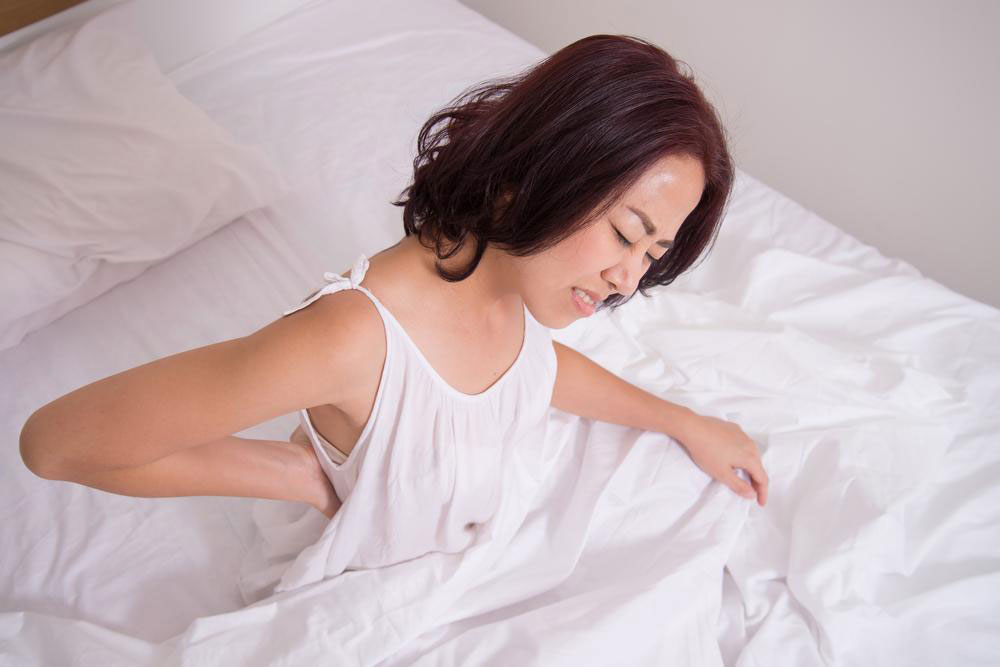Top Approaches to Relieve Diabetic Foot Pain
Discover effective methods to manage diabetic foot pain, including TENS therapy, medications, and alternative treatments. Learn how to alleviate discomfort and improve your quality of life with safe, evidence-based approaches. Consult healthcare providers for personalized care strategies.

Top Approaches to Relieve Diabetic Foot Pain
Diabetes impacts more than blood sugar levels; it can cause uncomfortable symptoms such as nerve damage in the feet, known as diabetic neuropathy. If left unmanaged, diabetes can damage organs like the eyes, heart, kidneys, and nervous system. Foot pain is a frequent issue that affects daily life, but various effective treatments can help manage it.
Here are some common strategies to ease diabetic foot discomfort:
Transcutaneous Electrical Nerve Stimulation (TENS)
TENS involves applying small electrical impulses to stimulate nerves in the foot. This non-invasive technique enhances blood flow and can reduce pain. Healthcare providers often recommend it.
The TENS device looks similar to a smartphone, with electrode-laden cables attached to the skin. The electrical pulses activate nerves, blocking pain signals and prompting your body to produce pain-relieving endorphins.
Anti-seizure Drugs for Foot Pain
Medications typically used for epilepsy can sometimes alleviate severe diabetic neuropathy symptoms. These drugs improve blood flow and nerve function but should only be used under medical guidance due to potential dependence. Always follow your physician’s instructions.
Antidepressants as Pain Relievers
Some antidepressants, besides treating depression, help block pain signals, offering relief from foot pain when taken correctly. Consult your healthcare provider before use, especially if you are on other medications, to avoid adverse interactions.
Opioids for Severe Pain
Strong painkillers like oxycodone and tramadol are considered last-resort options for extreme, uncontrollable pain. Usage requires strict medical supervision because of high addiction risks. In some cases, patches providing steady medication doses are used. Opioids should only be used if other treatments fail and under medical oversight.
Alternative and Traditional Therapies
Practices such as Ayurveda, acupuncture, and Chinese medicine are becoming more popular. While some individuals report relief, scientific evidence varies. Seek qualified practitioners, research thoroughly, and discuss incorporating these methods with your healthcare provider to ensure safety.
Note:
Our aim is to provide helpful health information. However, this should not replace professional medical advice. Always consult healthcare professionals for diagnosis and treatment options, especially when considering alternative therapies. We do not assume responsibility for outcomes related to this information.


